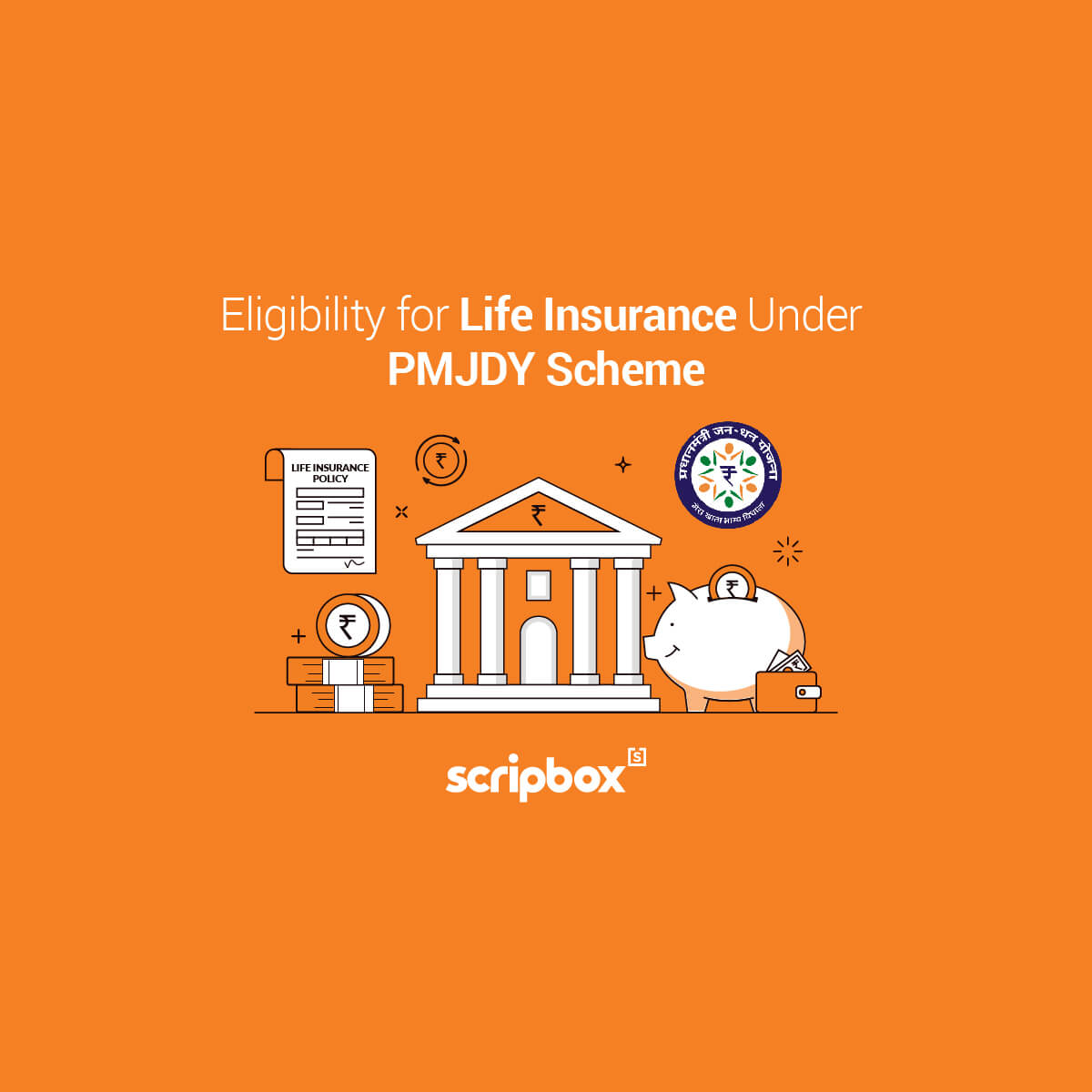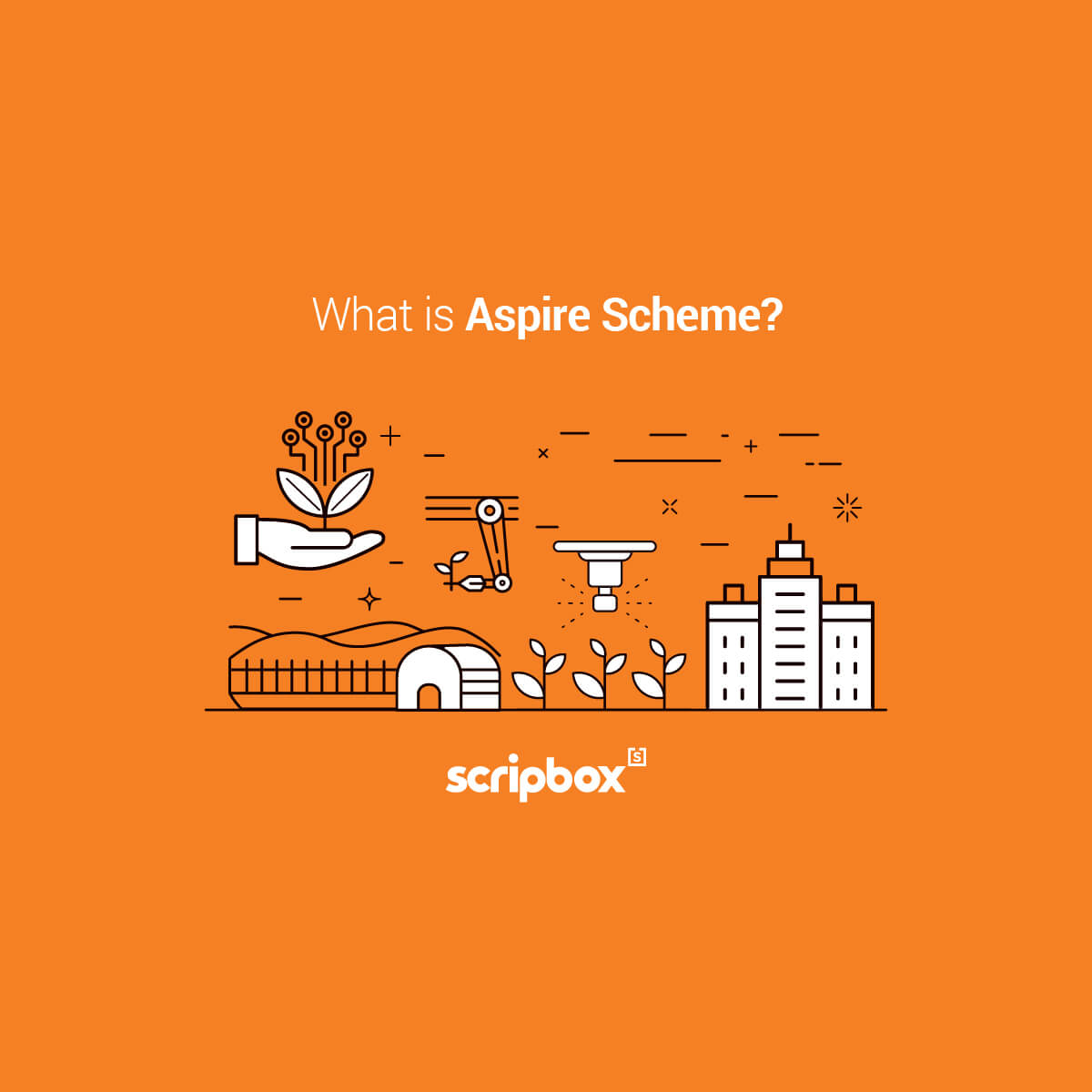Domestic users account for over a quarter of India’s total electricity usage. According to a study conducted by the Ministry of Environment and Forest in 2011, lights accounted for almost 30% of total household energy consumption. Incandescent Light (ICL) bulbs, Tube-lights (Fluorescent lamps), and CFLs were the most common lighting alternatives in Indian homes.
According to the Electric Lamp and Component Manufacturers Association of India (ELCOMA), more than 75.8 crores ICLs and 40.8 crore CFLs were sold in India in 2012. The number of CFLs was just around 2 crore a decade ago, in 2002. However, with recent technological breakthroughs, Light Emitting Diode (LED) bulbs have begun to acquire traction in the Indian market. LED lighting will be used to replace 78.5 crores ICLs.
The replacement of these 78.5 crore ICLs with LED bulbs, which consume 85 percent less energy to provide the same amount of light, might save 50 billion KWh of electricity.
What is Ujala Scheme?
In May 2015, the Ministry of Power announced the UJALA scheme to encourage consumers to utilize LED bulbs instead of incandescent or CFL bulbs. The purpose of this article is to illustrate the current status of the UJALA scheme’s implementation. Further, it also demonstrates the prospective energy savings associated with the use of LED bulbs.
Unnat Jyoti by Affordable LEDs for All (UJALA) is a ground-breaking project by the Indian government. It aims at bringing light into the dark. Ujala scheme has introduced a new technology, the Light Emitting Diode (LED). The Light Emitting Diode (LED) covers crores of homes across the country, resulting in an LED revolution.
Objectives of Ujala Scheme
- To set up a phase-by-phase LED distribution system across the country.
- The goal is to raise public awareness about the necessity of energy efficiency.
- To promote energy efficiency at the household level throughout India.
- To convey the notion that energy efficiency has a long-term influence on environmental preservation.
Features of Ujala Scheme
- On May 1, 2015, the Unnat Jyoti by Affordable LEDs for All UJALA scheme was established to promote energy efficiency at the domestic level and raise consumer knowledge about utilizing efficient equipment to cut electricity bills and benefit the environment.
- The program encourages people to utilize LED bulbs instead of incandescent, tube, and CFL bulbs.
- LED bulbs are given at subsidized rates under the UJALA scheme through specific counters only put up at designated locations throughout the country.
Components of the Ujala Scheme
Aim of Ujala Scheme
The government’s goal under the scheme is to replace all 77 crore inefficient bulbs in the country with LED bulbs by 2019. The replacement will result in a 20,000 MW load reduction and an 80 million tonnes decrease in Green House Gas emissions each year. The Energy Efficiency Services Limited (EESL) is responsible for the implementation of the scheme. The EESl is a joint venture of four state-run electricity firms under the Ministry of Power. These electricity firms are NTPC, PFC, REC, and Power Grid Corporation. State governments are voluntarily adopting the Ujala scheme. The Ujala scheme is currently active in 26 states and 6 union territories as of November 18, 2016. Arunachal Pradesh, Tripura, and Manipur are the three states that have yet to embrace the plan.
Eligibility
A beneficiary is any household with a metered power connection from the relevant Electricity DISCOM. When making an upfront payment, the applicant just needs to show government-issued identification such as an Aadhar card, Voter ID, or Passport. Furthermore, while making an EMI payment, you must submit a copy of the most recent power bill.
Price
UJALA LED bulbs are 9W and cost between Rs. 75 and Rs. 95 per bulb. The modest differences between states are due to differences in relevant taxes, delivery expenses, and so on. You can purchase the LED bulb either in full or in monthly or bi-monthly installments on the electricity bill. In Gujarat, for example, users can pay Rs. 70 per bulb upfront or opt for an EMI option. With the EMI option, you will pay Rs. 75 in total and Rs. 20 will be added to their bi-monthly power payment for four-bill cycles.
Distribution
UJALA LED bulbs are available for purchase at DISCOM offices, Electricity bill cash counters, specific EESL kiosks, and weekly ‘haat’ markets. The locations of each option are available on the UJALA web portal (www.ujala.gov.in). Under Ujala Scheme, a consumer may purchase a maximum of 10 bulbs.
Complaint
In the event of a technical defect, EESL will replace UJALA LED bulbs for free for a term of three years. Customer complaints are handled at UJALA’s distribution kiosks, Customer Care Service Center, and on the company’s social media and web platform. The total failure rate of UJALA bulbs was under 0.3 percent until August 2016, with Delhi having the highest rate (0.97 percent ). Because the fault rate is so low, EESL has chosen to replace all bulbs as soon as complaints are received.
Which is Better LED Bulbs or Incandescent/ Halogen Bulbs?
Because of the following reasons, LEDs are considerably superior to incandescent bulbs.
- An incandescent bulb has a lifespan of about 1,200 hours, whereas LEDs have a substantially longer lifespan, ranging from 50,000 to 1,00,000 hours.
- In comparison to incandescent lights, LEDs use about 75% less energy.
- Because LEDs convert energy into light, they run at a much lower temperature than super-heated incandescent light bulbs. Incandescent bulbs, on the other hand, turn heat into light.
Discover More
- Pradhan Mantri Jan Arogya Yojana (PMJAY)
- Pradhan Mantri Vaya Vandana Yojana (PMVVY)
- Pradhan Mantri Suraksha Bima Yojana
- Saksham Yuva Yojana
- Samarth Scheme
- PMMVY
- Pradhan Mantri Awas Yojana (PMAY)
- PM Kisan Samman Nidhi Yojana
- Pradhan Mantri Kaushal Vikas Yojana (PMKVY)
- Pradhan Mantri Jeevan Jyoti Bima Yojana
- Multiplier Grants Scheme
- Ujala Scheme
- Pradhan Mantri Jan Dhan Yojana (PMJDY)
- Atal Pension Yojana (APY)
- Pradhan Mantri Shram Yogi Mandhan
- DDU-GKY
- Startup India Scheme
- Antyodaya Anna Yojana (AAY)
- Pradhan Mantri Adarsh Gram Yojana
- Aspire Scheme
- Pradhan Mantri Ujjwala Yojana (PMUY)
- Credit Guarantee Scheme For Startups
- Startup India Seed Fund Scheme
- Pradhan Mantri Yuva Yojana (PMYY)
- Pradhan Mantri Kaushal Kendra (PMKK)
- Stand Up India Scheme
- ECLGS Scheme
- Unnat Bharat Abhiyan
- Digital India Scheme
- Sankalp Scheme
- Samagra Shiksha
- Skill India
- Deen Dayal Upadhyaya Antyodaya Yojana (DAY)
- Credit Guarantee Scheme for MSE (CGSMSE)
Related Articles
- Confused if your portfolio is performing right enough to meet your goals?
- How long have you been investing in mutual funds?
- What is your current portfolio size?
- What is your approximate annual household income?
- Your profile does not qualify for a call with a Financial Expert.
- What is Ujala Scheme?
- Objectives of Ujala Scheme
- Features of Ujala Scheme
- Components of the Ujala Scheme
- Which is Better LED Bulbs or Incandescent/ Halogen Bulbs?




























Show comments